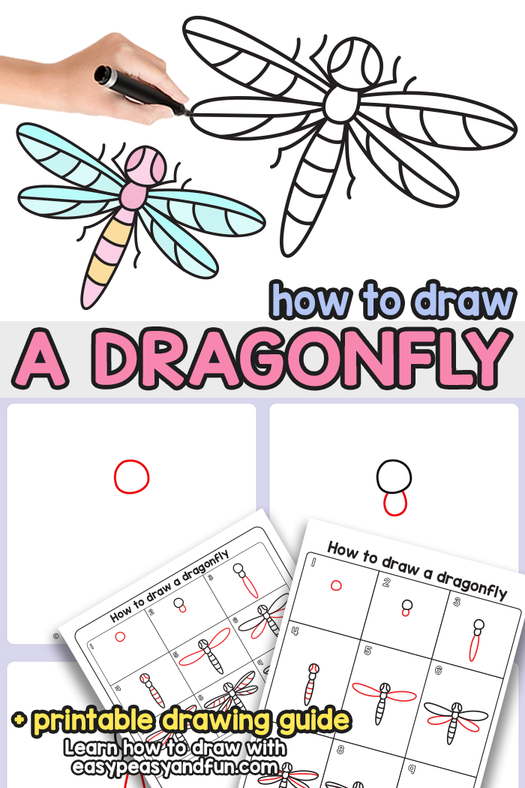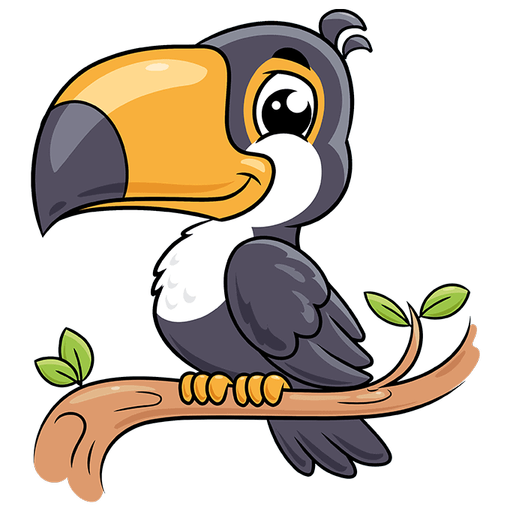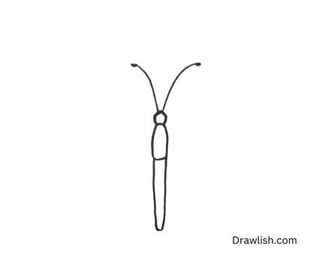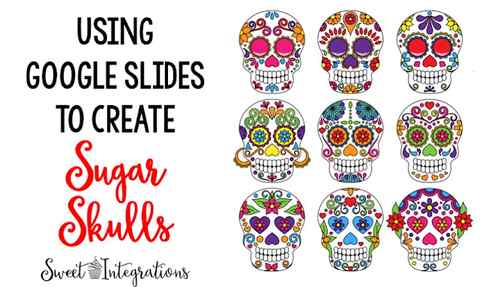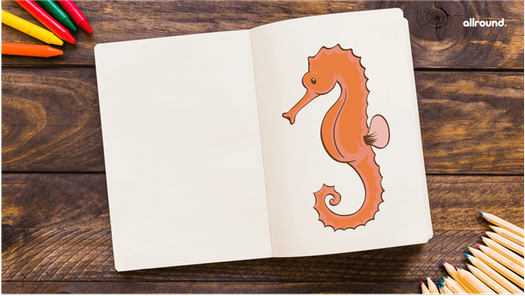With the help of a few combinations of brushes, you could easily finish a very beautiful and detailed art piece and have fun while doing it.
Easy Painting Ideas for Beginners (Artist Guide 2022)
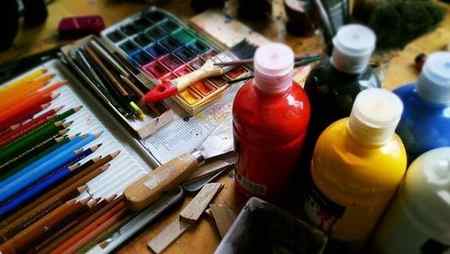
A list of tips, tricks, information and easy painting ideas for beginners. Curated especially for the growing artists of today.
If you’re one of those people who always wanted to develop a new hobby to feel more connected to themselves, you’re in for a treat as I bring to you one of the easiest yet extremely engaging pastimes of all, painting.
I’m sure the urge to pick up a paintbrush and splatter all your ideas on a canvas and bring them to life seems like a terrifying process if you’re starting with this. And it is no secret that we are all scared of making mistakes in doing things we are not the best at.
But to encourage you to participate in the wonderful learning process, I quote Bob Ross, the famous artist and art instructor: “We don’t make mistakes; we have happy accidents.“
Before starting, You must have all sorts of questions in your head, such as what are the kind of creative ideas you’d want to pursue? What medium to use? What kind of art supplies would you require? What textures to explore?

How to Start Painting
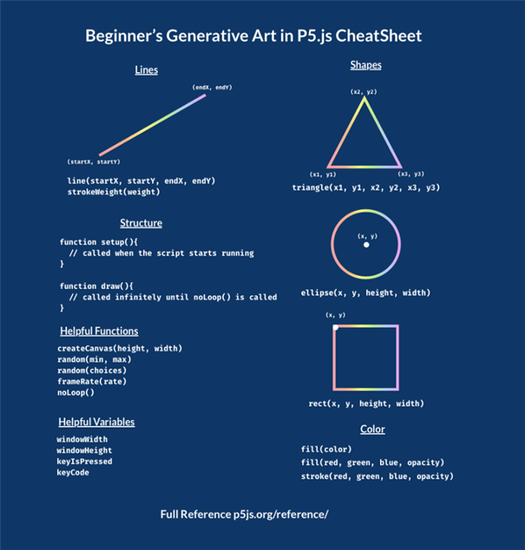
Painting is an immaculate way for anyone from any age group to express themselves creatively and healthy. It helps them find the inspiration to deal with their emotions and individual issues.
To begin your journey as an artist, you need some basic painting supplies to help you through your way.
A few of the most basic simple tools required for you to start your creative process are:
- Some paints
- Brushes
- Colour Palette or a flat plate to act as a palette
- Paper/Canvas or any surface you would like to use for painting
- Painter’s tape (If you like clean-straight Edges)
- And the most important of all is a mind full of curiosity and enthusiasm to create art And have fun with it.
How to Choose Your Paints
The first step to begin as an artist requires you to choose paints, And Here I’ll be providing you with some helpful tips on how to get started and what materials you could use.
Now You can choose what you like best or use what you already own.
Watercolour
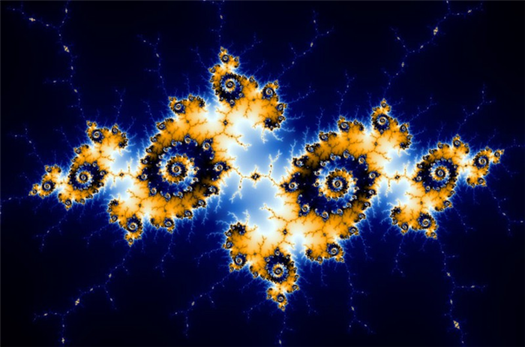
Watercolour paints are extremely convenient. All you require are a few high-quality papers for better absorbency, a washcloth and some brushes to work along with.
Watercolours are easy to use as they can be reactivated by water for easy blending. Watercolour provides a diversity of textures and techniques to work with, therefore is extremely user-friendly and so much fun to use.
From A home decor piece to a fun activity you’d want to do with your friends or family on a day out, watercolour paints may prove to be the perfect Aid to turn your Picnics or meet and greets Memorable in a fun way.
By creating cool Abstract art pieces together and give them a personal touch to make them a more intimate deal.
Acrylic Paint
Acrylic Paint is another very dependable and resourceful medium to begin painting with. It’s a very negotiable medium and dries up quickly, giving you a chance to paint over anything that does not feel correct to you.
It is very adaptable as it can be made thinner in comparison and used like watercolours and gouache to accommodate layers in your painting ideas. It can be worked within a thick consistency like oil paints.
Acrylic paints are very durable and are appropriate for several kinds of surfaces, ranging from canvas and wooden blocks to other household items. Acrylic Paints are handy in adding a personal touch to all your gifts, as it is compatible with almost every surface.
Gouache
Gouache is a water-based paint medium; like acrylics, it dries up quickly and proves to be a good asset for direct paintings.
Along with drying up quickly like acrylics, it possesses characteristics of watercolour paints, as it can be reactivated with water.
Now there are, of course, more kinds of mediums to experience with art that you’ll learn about gradually when you begin your journey as an artist.
But with this curated blog about art And paintings, I’m trying to make you a little familiar with the things you could start with.
First, what is code art?
Code art is any art that is built using code. There are endless examples on CodePen — for example CSS art.
Often, generative art draws inspiration from modern art, especially pop art that makes heavy use of orderly geometric patterns.
However, it is a very broad and rich category of art created with code with a central characteristic. Generative art incorporates a self-governed or autonomous system in some way.
Randomness is one type of autonomous system. By incorporating chance into a piece of code art, you get a different, completely unique piece of art each time you run your script, load your page, or respond to some user interaction.
There are also more orderly autonomous systems. One example is Mandelbrot’s Fractal, derived from a deceptively simple equation.
We can also integrate both approaches, blending order and chaos!
The artwork becomes a collaboration between the computer and the artist. Some aspects of the artwork are controlled by the coder, but not all of them. The artist controls both the randomness and the order in the art.
In a way, with an autonomous system, the artist gives up control over their art, and the computer is doing it for them. A more nuanced perspective emerges when a new creative process is considered.
The coder-artist engages in a feedback loop where they are constantly tweaking a system to produce more desirable and often more surprising results.
This process embraces experimentation and happy accidents in a way that reshapes the role of the artist. As generative artists, we use the code basics like loops, control flow and specialized functions. We then blend them with often unpredictable forces, to produce completely unique results unlike anything else that exists.
Examples of Generative Art
Animated generative art in multi-colour by Phil Nash
Impressionists Blobs by Murasaki Uma
Generated Tree by Miriam Nadler
- Randomness is crucial for creating generative art. The art should be different each time you run the generation script, so randomness is usually a large part of that.
- Algorithms — Implementing an algorithm visually can often generate awesome art, for example, the binary tree above.
- Geometry — Most generative art incorporates shapes, and the math from high school geometry class can aid in some really cool effects.
How can you approach a generative art piece?
There are two main strategies for creating generative art, though most will fall between the two strategies.
The first is to have no results in mind and see what the computer generates as you play around.
The second is that you have a very finalized idea of what you want the art to look like, and the randomness only slightly changes the end result.
